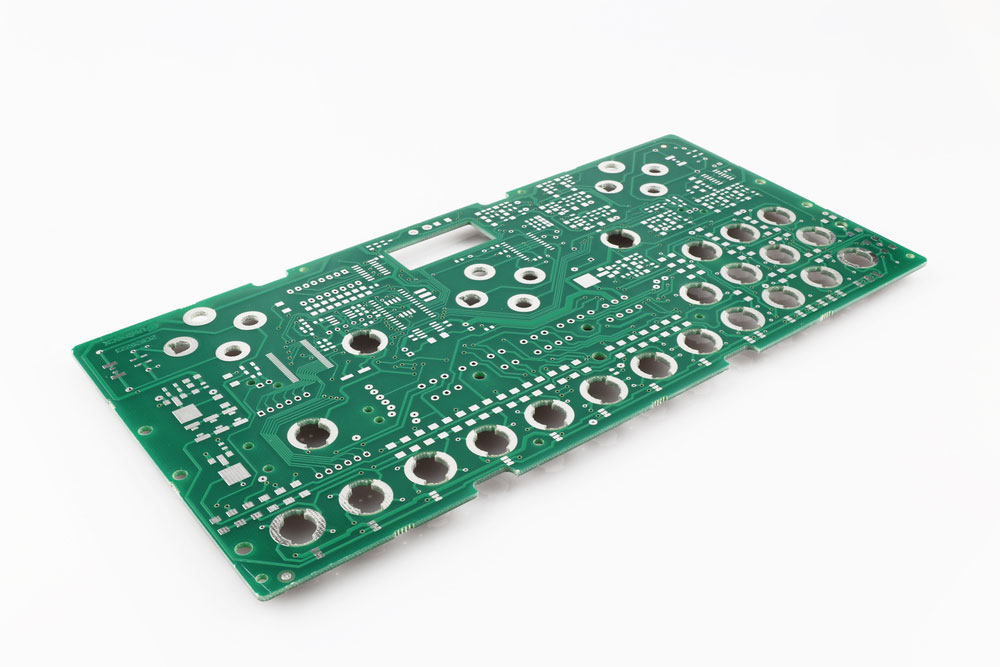Contents
Firstly, distinguish the quality of the circuit board from its appearance:
First, to distinguish the material used for the plate. Then from the board’s ink color, copper deposition, surface treatment, and smell up.

The material usually is as follows:
The ordinary HB board, 22F, is the cheapest and easiest to deform and break and only can be used as a single panel. The component surface color is dark yellow with an irritating odor, rough copper, and thin.
Single-sided 94V0 and CEM-1 boards are higher than the cardboard but cheaper than the semi-glass fiberboard. The component surface is light yellow, mainly for industrial boards and power panels with fire rating requirements.
FR4 glass-fiber board, high cost but good strength. Most of the double-sided and multilayer boards use this material; copper can be very precise; and the unit board is also heavier.
The surface treatment includes an OSP circuit board, Immersion Gold circuit board, Hot Air Solder Leveling circuit board, and other processes. These all require PAD surface cannot be contaminated. Otherwise, it will affect solderability.
Also, the Standard of size and thickness, and the appearance of the weld should be considered because it may influence the quality of soldering.
Secondly, Super quality PCB boards need to meet the following requirements:
1. To meet the requirements of electrical connections;
2. The line’s width, thickness, and distance should meet the requirements to avoid hot, broken, or short-circuited.
3. The copper surface should not be easy to oxidize. Or it will affect the installation speed and can not be used for long after oxidation.
4. There is no additional electromagnetic radiation.
5. Shape without deformation. Now all of them are mechanically installed. The hole position of the circuit board and the deformation error of the line of design should be within the allowable range.
6. High temperature, high humidity, and resistance to the special environment should also be considered.
7. The mechanical properties of the surface shall comply with the installation requirements.

The above are some basic methods to judge the quality of PCB boards during the purchase of PCB boards. Be sure to polish your eyes to choose the right PCB Manufacturer.





